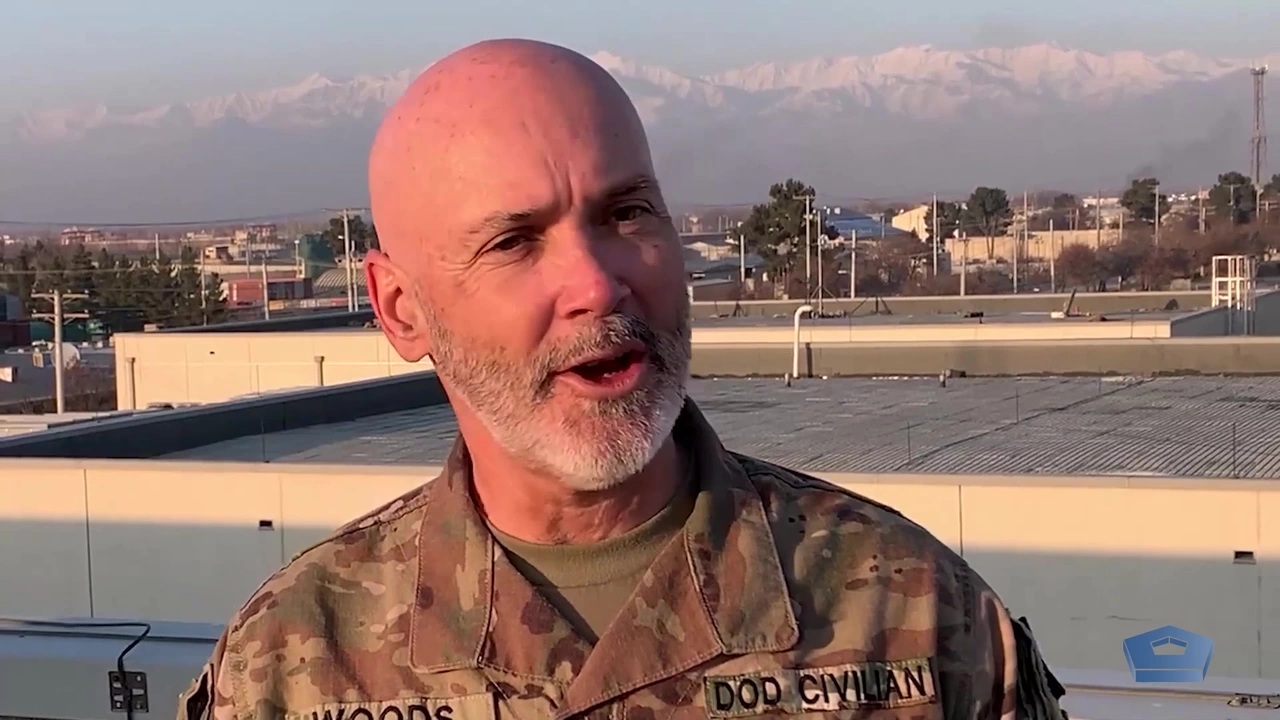
NGOCSTIP – Trafficking for military exploitation is an often-overlooked but deeply disturbing aspect of modern warfare. While human trafficking is typically associated with forced labor or sexual exploitation, trafficking for military purposes poses a unique and sinister threat. This form of trafficking involves the recruitment, use, or exploitation of individuals, especially children, in armed conflicts. It is a hidden weapon used by some groups to fuel violence and perpetuate conflict. The scale and impact of military exploitation have yet to be fully understood, and it continues to be a critical issue in global efforts to combat human trafficking.
In conflict zones, the line between human trafficking and military exploitation often blurs. Traffickers exploit vulnerable populations, such as refugees, orphans, and displaced persons. They use these individuals as tools in ongoing wars. These people may be recruited forcefully, manipulated, or coerced into becoming soldiers, combatants, or forced laborers. Armed groups, militias, or corrupt governments view trafficking victims as expendable resources to advance military goals.
Many child soldiers, for example, fall victim to trafficking. Traffickers often abduct them or promise protection and rewards. Instead, they force these children into violent roles in conflict. These children suffer physical, psychological, and emotional trauma. Many never reintegrate into society after the conflict ends. Trafficking for military exploitation affects not just children, but also adults. Adults may face forced labor, combat, or logistical roles in armed groups.
“Read about: Global Legal Approaches to Human Trafficking: What You Need to Know”
Certain regions of the world are particularly vulnerable to trafficking for military exploitation. In Africa, areas like South Sudan, the Democratic Republic of Congo, and Somalia have seen widespread use of trafficked children and adults in armed conflict. Rebel groups and criminal organizations often rely on the forced recruitment of soldiers, including minors, to fight wars. In these regions, trafficking networks are not only facilitating the movement of people for sexual and labor exploitation but are also fueling wars and conflicts through the use of human trafficking for military purposes.
Similarly, in the Middle East, countries like Syria and Iraq have witnessed the forced recruitment of soldiers by various militant groups, including ISIS. These groups often use tactics like abductions or false promises to recruit children and adults into their ranks. Victims of trafficking in these regions may find themselves caught between violent armed groups and law enforcement agencies that often fail to intervene.
Armed groups and militias exploit trafficking victims for military purposes. These groups often lack the formal structure and resources of national armies, so they rely on illicit methods to recruit soldiers. Some groups abduct children and adults from communities, while others prey on vulnerable individuals by offering false promises of protection or wealth.
Militias target schools, refugee camps, and areas where children are separated from their families. In some cases, vulnerable people join these groups after promises of food, shelter, and safety. However, these promises rarely materialize, and victims are forced to engage in violent activities.
In some countries, governmental forces also recruit and use trafficked individuals, especially children, for military purposes. These incidents highlight the widespread nature of trafficking for military exploitation.
“Read more: Garage Organization Hacks That Will Save You Time”
The international community has made significant strides in addressing the use of trafficked persons for military exploitation. The United Nations (UN) has established various frameworks and conventions aimed at preventing the use of child soldiers, including the Optional Protocol to the Convention on the Rights of the Child on the involvement of children in armed conflict. This protocol sets clear guidelines for governments and armed groups to protect children from recruitment and use in hostilities.
In addition to UN efforts, numerous NGOs work on the ground to provide rehabilitation and reintegration services for former child soldiers and other victims of trafficking in conflict zones. These organizations focus on helping survivors regain a sense of normalcy, providing psychological support, education, and vocational training to facilitate their reintegration into society.
Furthermore, the International Criminal Court (ICC) has prosecuted individuals responsible for recruiting child soldiers and exploiting trafficked persons for military purposes. These legal frameworks aim to hold perpetrators accountable and deter others from engaging in similar practices.
Despite international efforts, combating trafficking for military exploitation remains challenging. The covert nature of these practices hinders authorities from tracking or preventing trafficking. Additionally, the lack of political will in some regions, coupled with ongoing violence, makes addressing military exploitation difficult.
Victims of trafficking for military purposes face significant barriers to justice. Many are displaced, traumatized, and distrustful of law enforcement. Their experiences with traffickers and armed groups contribute to their distrust. Moreover, conflict zones often lack resources for victim protection and support services.